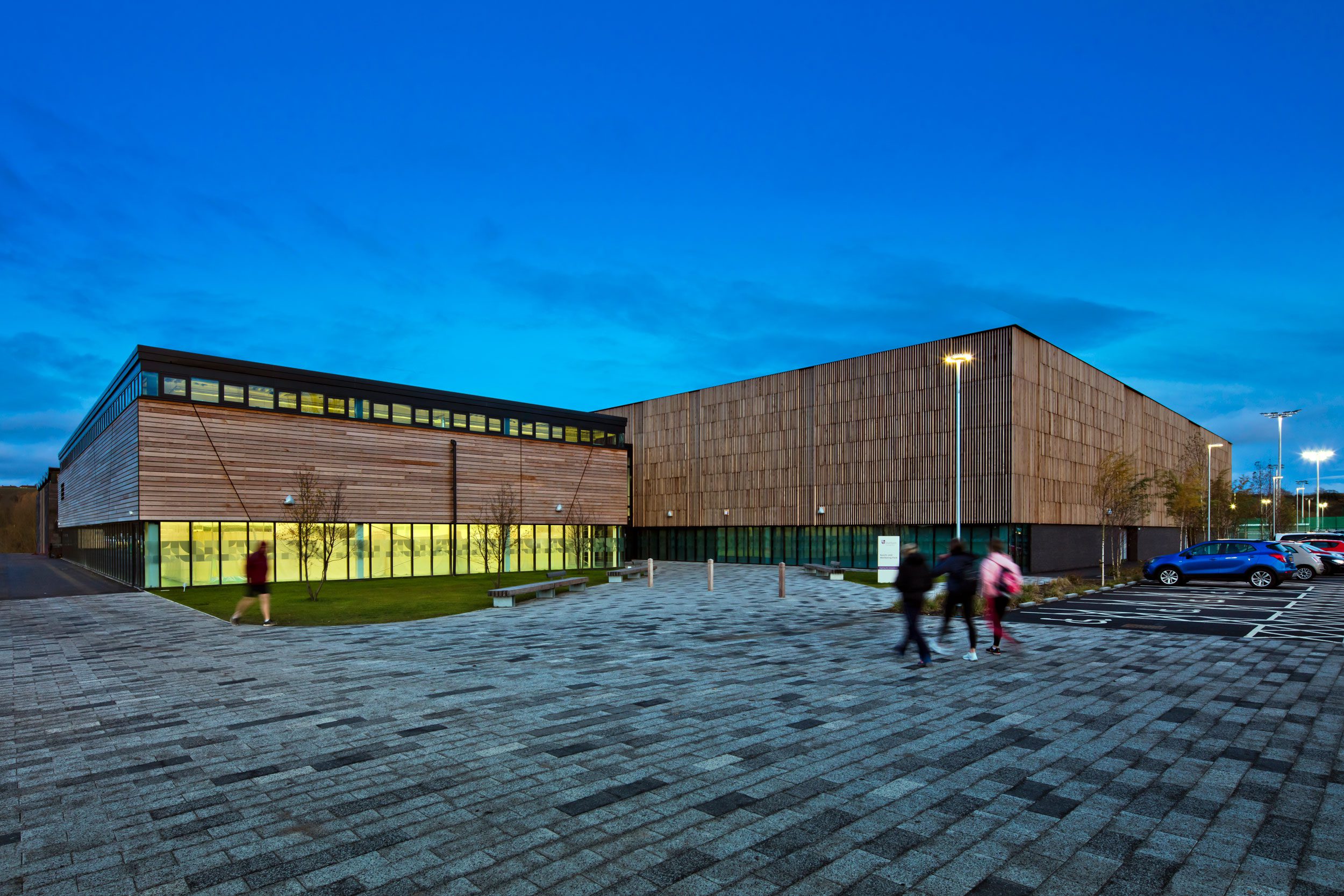In the fourth of our series to overcome the taboos that surround brand, we explore how to build your brand through collaboration and breaking down silos.

Our mission through this series is to inspire greater confidence across the higher education sector to recognise and invest in brand. We have already explored the importance of leadership to empower this change, but a strong brand proposition cannot be built by an isolated individual. Community and collaboration lay at the heart of successful long term change. This naturally presents a challenge for universities who often have large, complex ecosystems encompassing many divisions and processes. The decentralised nature of many institutions can lead to division and a ‘silo mentality’, which can make interdisciplinary collaboration difficult and limit the opportunity to create a shared brand proposition and culture.
It is widely accepted that silos are a barrier to innovation and invite territoriality, but it can be an intimidating proposition to reverse this order and reinstate true collaborative practices. A good place to start is by defining what the silo mentality is. This restrictive mindset is characterised by a reluctance to share information and communicate with colleagues within a different division of the same company. Within universities, this is most often observed across independent departments like business schools, who are often connected to the wider institution in name but in truth operate as separate entities.
As with most problems, to solve them you need to find their source. Generally we see the silo mentality as a top-down issue within universities, stemming from competition between senior leaders. But it can also arise at an individual or department level. Sometimes ego can inspire the hoarding of information for selfish gains, but more often than not it can come from a lack of resource, whether that is time, process or network led. This is particularly commonplace in universities where staff, and in particular academics, are so bogged down in business as usual that they lose sight of the bigger picture, or worse place their own work above the importance of the shared university vision.
The negative impact of the silo mentality is far reaching but damage is often most evident across efficiency, collaboration and morale. Efficiency is impacted as information gets stuck between departments, leading some teams to work with inaccurate or out of date information. Collaboration is impacted across university wide initiatives because it can be difficult to identify who should be involved in a project or get their buy in. Morale suffers when employees become aware of the problem and lack the means to change it. Unfortunately this has become the status quo for many institutions, as workforces accept their fate and learn to exist within a divided culture. As we have covered within this series, culture and brand are intrinsically linked, therefore without a unified culture a unified brand cannot be convincingly achieved.
With brand, culture and experience all impacted by silo mentality, the importance of eradicating it is clear both at a human and business level. No matter the reason for the division, it exists because senior leaders allow it to exist, even justifying its existence as an ingrained part of university culture. Commitment to collaboration is therefore intrinsic in breaking down silos, and leaders are well placed to facilitate this by unifying vision and goals and developing cross-department education and training. However, it is not always that simple. As we know most universities have in place a university vision and business strategy and yet siloes can still exist. So we must ask ourselves what the missing piece is. It is of course communication. Providing transparency, consistency and specificity are vital to communicating vision and actions across the institution and overcoming silos.
Whilst bringing change may take both time and resource, breaking down these silos is vital. Brands don’t develop in isolation, they result from the interaction of thousands of people over a long period of time. As brand expert Marty Neumeier says ‘Building a brand today is like building a cathedral during the Renaissance’. It took hundreds of craftsmen scores of years or generations, to complete a major edifice. Each craftsman added his own piece to the project, whether a carving, a window, a fresco or a dome, but always had in mind their contribution to the total effect. Like yesterday’s cathedrals, many of today’s brands are too large and complex to be managed by one person or department. They require teams of specialists, sharing ideas and coordinating efforts across a creative network. Management Guru Peter Drucker maintains that the most important shift in business today is from ‘ownership’ to ‘partnership’ and from ‘individual tasks’ to ‘collaboration’. The successful university is not the one with the most brains, but with the most brains acting in concert.
Ultimately, If you don’t learn to work together, you’ll always be behind, playing catch up.
If you are interested in exploring how you can break down silos and inspire greater collaboration across your organisation, then get in touch with us here at The Brand Education. We offer thought leadership and workshops and we’re always excited to hear from you.



